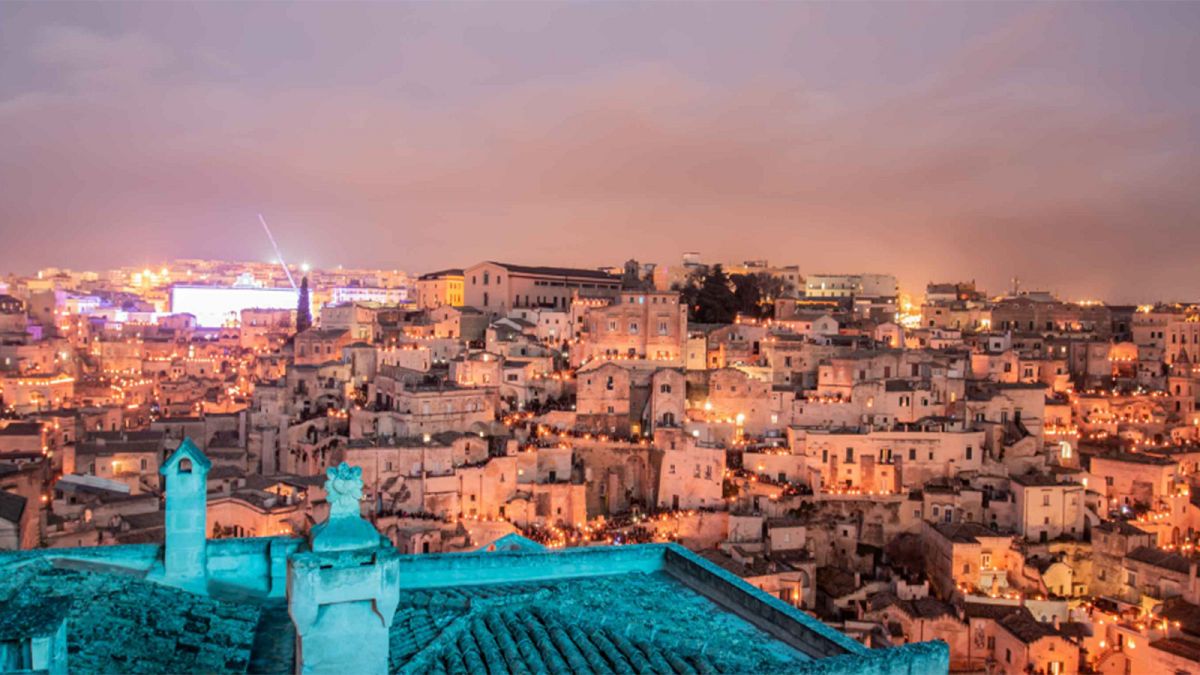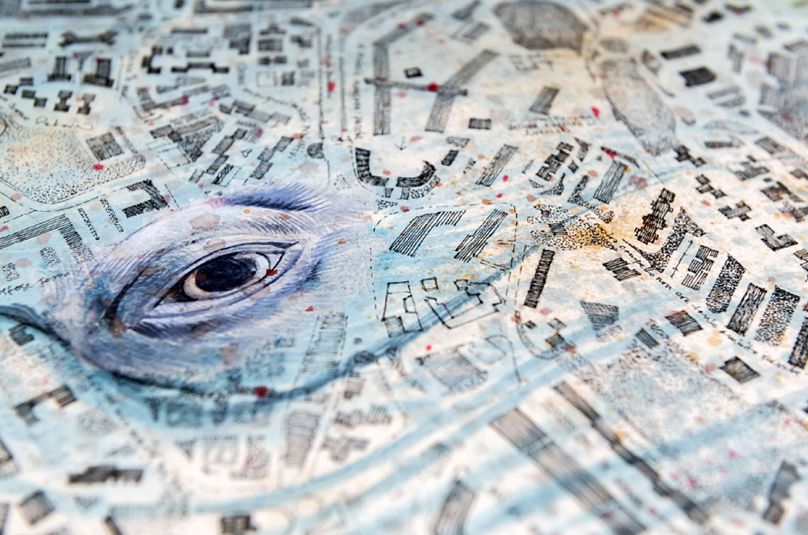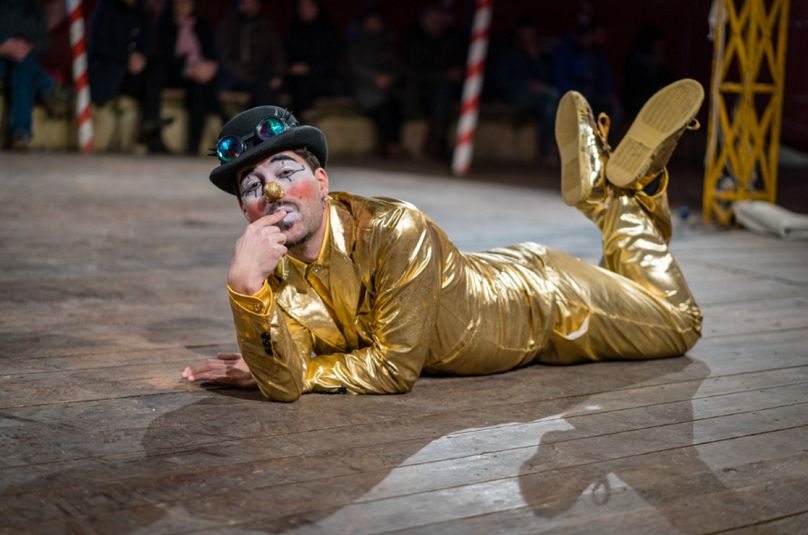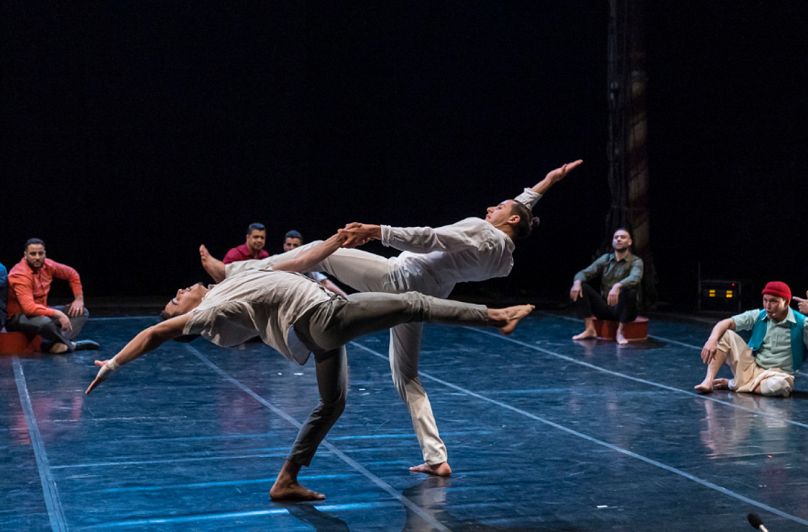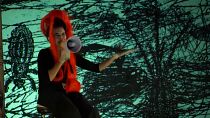How does the city feel to you? This was the question posed to the citizens of Matera when they were tasked with creating an ‘Atlas of the City’s Emotions’. Which of Matera’s street corners carry the happy memories of a meeting that changed everything? Is there a town square holds the sadness of a loss that stings, even though it that happened a long time ago? With a map and some crayons, 300 of Matera’s citizens aged between 10 and 80 have shared their emotional maps of their hometown, revealing their old routes to school, where their first kisses took place, the street where their grandparents lived, and the places no longer existing in the cityscape but still vividly alive in the imagination.
A lot has happened this year in Matera, the Southern Italian city now in the international spotlight as the 2019 European Capital of Culture. The ‘Atlas of the City’s Emotions’ will be open to the public until 31st July, accessible with the Matera 2019 Passport which grants visitors access to every aspect of the Capital of Culture experience. This moving communal artwork has been presented as a multi-sensory installation piece in the Library, but the work has come to life in several other ways too: through the art Stefano Faravelli and his group of 40 artists; in the form of choreography by dancer Heike Hennig; and in writing thanks to author Alessandro Baricco, who has adapted part of the project alongside young writers from the Holden School in Turin.
But most of all, the ‘Atlas of the City’s Emotions’ belongs to the people of Matera who created it. Local volunteers have infused every event so far during this exciting year, and will continue to do so until the very end. Many of the community projects are run by the locals who initiated them, following a Public Call that’s still open until 30th July. So far, winning ideas from the public include students building sensors to measure the water levels in a river, a workshop for disabled children to make papier-mâché angels for the float carrying the Madonna della Bruna, and a new theatre stage sprung to life in an abandoned railway station.
If a bigger visual splash is what you’re after, Matera has plenty of that too: the Circus+ festival delivered riveting performances from 112 artists representing 23 international circus companies. Spilling out of the tents after the show, visitors raved about the show: “What a great thing! I’ve never seen anything like this,” said one. There were no animals, but every other circus classic was there and then some, with ropes, trapezes, ladders, Chinese plates, mini bikes, hula hoops, water hoses and whirling skirts - not that a list like that can come close to describing what it was like to be there. “It was out of the ordinary, like a theatre in a circus tent,” said a spectator, eyes still shining. “It really made us dream,” said another couple. Each of the five circus weekends had a theme: ‘Continuity and Disruptions’ featured gymnastics shows where the tools merged with the artists, and ‘Circus as Innovation’ challenged the traditions of the artform by mixing in out-of-control dance routines and acrobatics from The Black Blues Brothers, Mister David and The Family DEM and El Grito.
The 48-week-long European Capital of Culture programme shows Matera not just as a place, but as an identity built through the sharing of spaces and ways of living. Through repetition over decades and centuries, Matera’s culture is the sum of the habits of its people. Part of the work of honouring this living history is also to stand face to face with shame; while today the Sassi is a centre for creative expression, Matera’s cave neighbourhood was for a long time the Architecture of Shame due to the extreme poverty of the people who lived there. A story of redemption was told also at the ‘Poetry of Shame’ theatre performance, bringing the message that when we let ourselves be vulnerable, we can move past shame and unlock our human potential. Seeking to turn shame into beauty, ‘Poetry of Shame’ left no difficult subject alone, considering the body, family, sex, failure and difference, examining the innermost features of what it means to be human through vibrant dance performances mixing rock with opera. Before the show, visitors were encouraged to write down what the were ashamed and keep the note with them, adding an extra dimension to the experience by blurring the lines between our private and collective sources of shame.
What Matera and its people want more than anything is to be open and welcome. “Matera embraces Europe,” said a tired but happy volunteer before the curtain fell on the opening ceremony. Those who weren’t able to be in Matera at the beginning of the European Capital of Culture year can still experience some of that energy if they visit in the future, as the ‘Atlas of the City’s Emotions’ project has been preserved as a living link between the city and the feelings of its residents in the form of a pocket-sized ‘Mother Map’. This means that visitors who want to experience Matera can do so not just for themselves, but with this map of emotions in their hands they can also follow in in the footsteps of the people who have made the city what it is.
